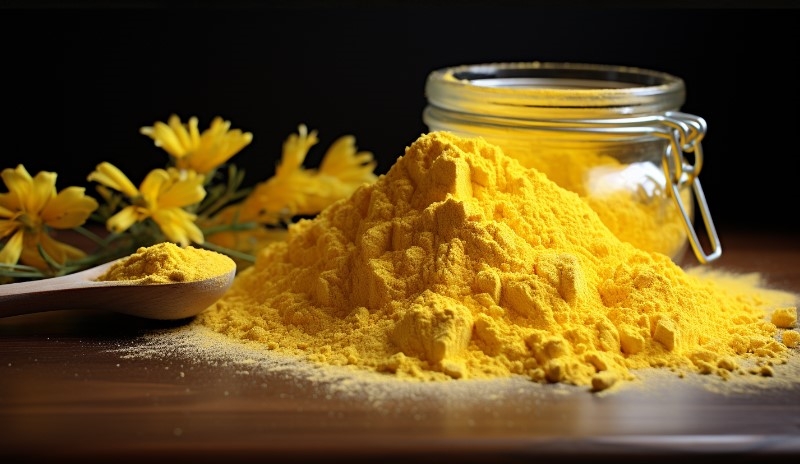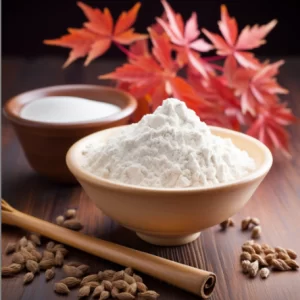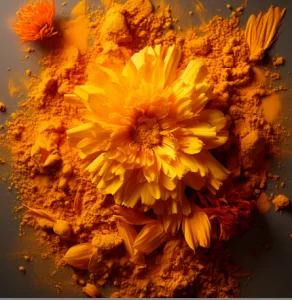Фисетин в дымном дереве

Smoke tree yellow smoke tree
Cotinus coggygria Scop. Cotinus Coggygria scop. Cotinus L. is a plant of the genus Cotinus of the sumac family. It is also known as Molinol, Cotinus Cotinus, yellow rink, yellow dragon head, Cotinus table, cotinus wood, Cotinus wood, etc. It is mainly distributed in Southern Europe, Iran, Pakistan, northern India, Southwest China, North China and Zhejiang.
In China, cotinus cotinus is usually used as a protection forest and landscape plant for soil and water conservation, and also has high ornamental value. The famous “Xiangshan Red leaves” in Beijing is Cotinus cotinus, planted in the Qing Dynasty Qianlong period more than 200 years ago.
During the flowering period, the stems of the sterile flowers that remain for a long time are pink feathers, forming a landscape like clouds and fog on the branches, which has always been compared by literati to “the white smoke Luo to seek the old dream” and “the flowers in the fog”, therefore, the smoke tree is also known as “smoke tree”
Dye wood cortinus
Cotinus was a very important dye in ancient China. Yan Shigu “Book of the Han” note: smoke, “this wood also. The leaf logs are yellow and can be dyed yellow.” Chen Zangqi “Materia Medica relics” also has “Cotinus, born in Shangluo Valley, Sichuan area very have, leaf round, wood yellow, can be dyed yellow.” There are more “Big Yuan felt education works record” recorded in the carpet with “Cotinus sixty-seven catties eighty-two”, “Imperial Qing Convention rules” volume thirty-eight “Zhili Chief Minister should solve cotinus wood two thousand four hundred and thirty catties, Zhili hundred stone.” Three kinds of tinting techniques were also recorded in Tiangong Kaiwu by Song Yingxing in the Ming Dynasty, which showed that tinting was one of the main dyeing materials in ancient times. According to historical records, since the Sui and Tang Dynasties, the color of the emperor’s robes was ochre yellow, which also made yellow the highest color in ancient court clothing. Cotinus is widely used because it can stain pure yellow.
Fisetin For medicinal purposes
In addition, cotinus is a traditional medicinal plant in China, which can be used to treat jaundice hepatitis, water and fire burns and lacquer sores. “Materia Medica relics” recorded “smoke, cold, bitter taste, in addition to vexing heat, cure alcohol, yellow eyes, boiled to take it.” Modern studies have shown that flavonoids, anthocyanins, phenolic acids and volatile oils contained in cotinus have high biological activities, and can be used for anti-hepatitis, anti-coagulation, anti-tumor and antibacterial. Flavonoid compounds are one of the main active components of cotinus cotinus, and the structure types are flavane, flavone, dihydroflavone, chalcone and nerone, and the total flavonoid content in cotinus cotinus decreased successively from leaves to stems and branches to roots. The flavonoid compounds contained in cotinus cotinus were represented by urushiflavin.
Фисетин
Fisetin, 3,3′,4′, 7-tetrahydroxy flavone, yellow needle crystal, molecular formula C15H10O6, molecular weight 286.23), with a density of 1.688g/ml and melting point of 330℃, also known as Fisetin, Fisetin, urushetin, with four hydroxyl groups in the molecule, soluble in ethanol, acetone and acetic acid, Almost insoluble in water, ether, benzene, chloroform and petroleum ether. Modern studies have shown that urushetin has a wide range of pharmacological activities, and plays an important role in improving cognition, anti-oxidation, preventing osteoporosis, anti-depression, protecting nerves, anti-thrombosis, anti-inflammation, anti-tumor and lowering blood sugar. A 2018 Mayo Clinic study on the elimination of senescent cells also made Fisetin a rising “star.” Of the ten flavonoids that can clear senescent cells, the performance of Fisetin is impressive.
Fisetin supplier: www.backvita.com
Электронная почта: [email protected]
Телефон: +86 (029) 8187 2325



